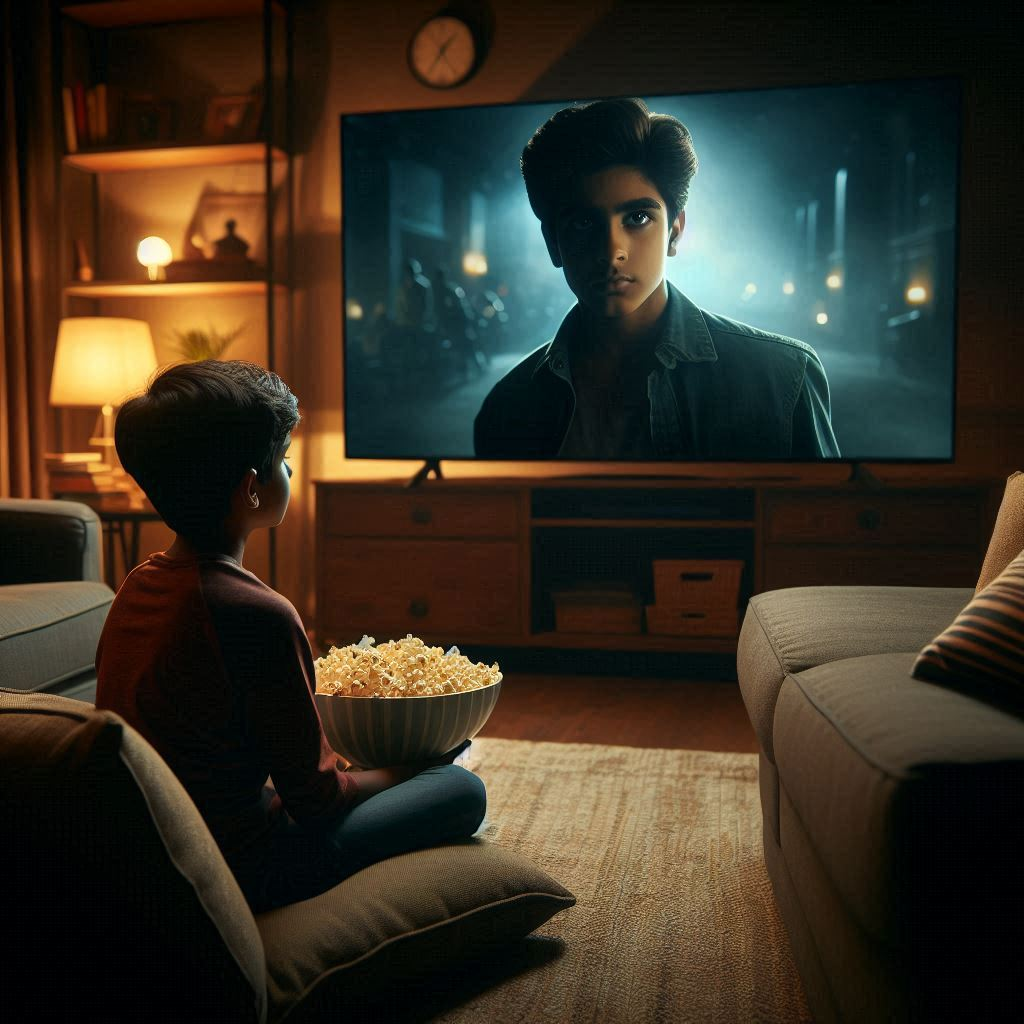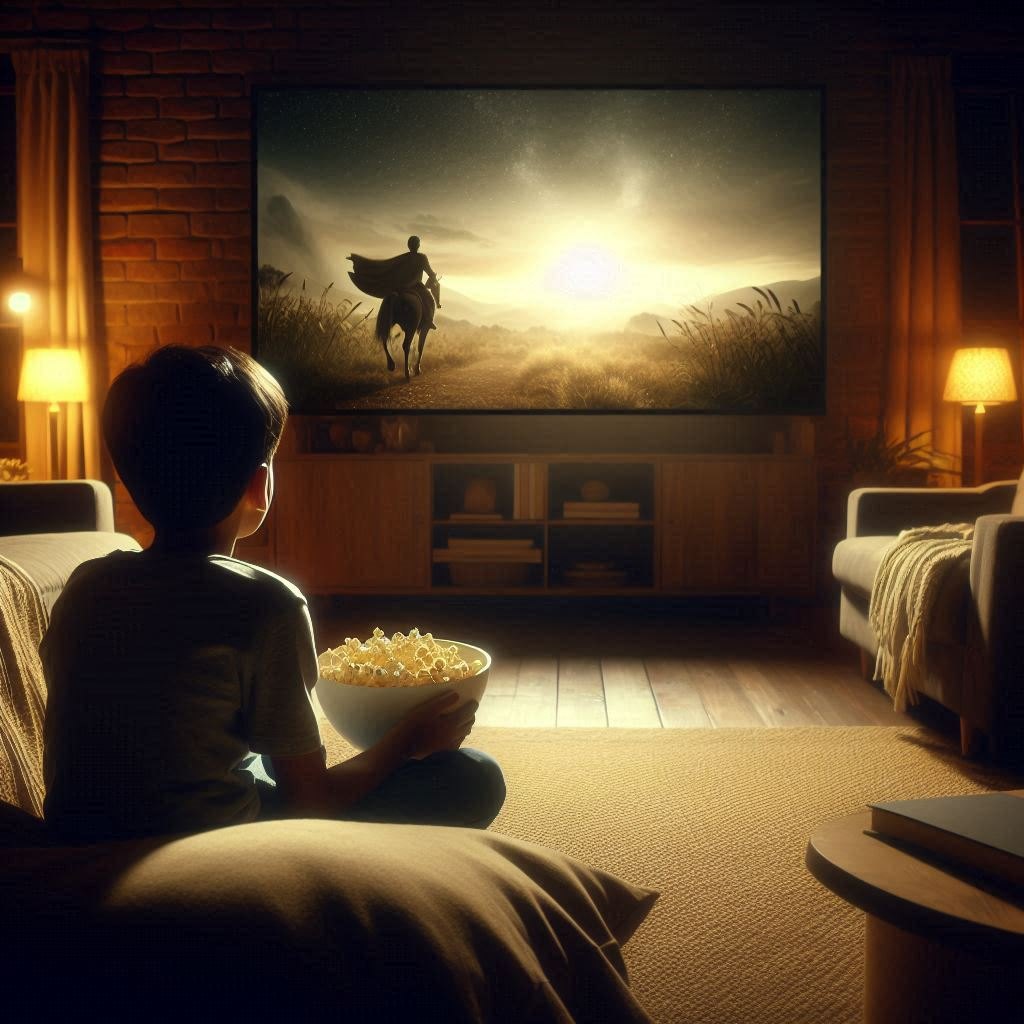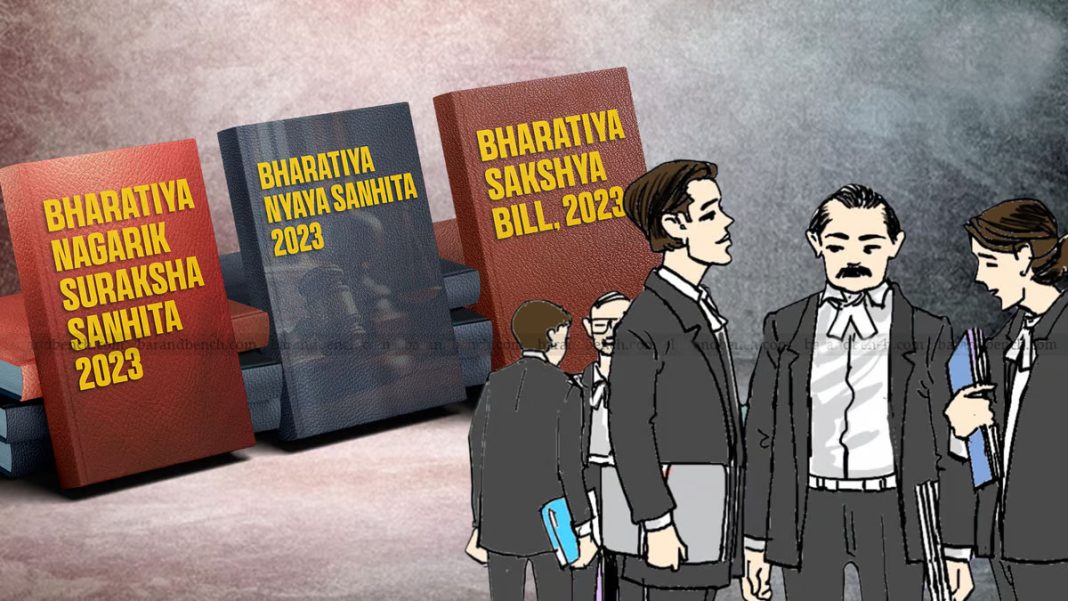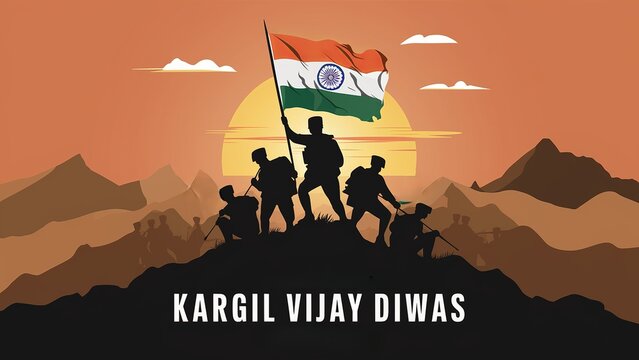Abhilash Bapanasha & Abhipsit Bapanasha
From the Stone Age through the Middle Ages to today, communication has evolved as a dynamic process, with civilizations having conceptualized, adapted, and initiated new ways to encode and decode information. This spans from surface inscriptions of that time to current day’s wearable technologies. What is worth noting here is the rapid stride at which the process is evolving, more so since the two World Wars, with many of the new technological manifestations coming in more as a necessity than for convenience.
Well, having said this, we need to understand that, as with any other technology, it is the users who decide on its acceptance and the rate at which they will adopt it. It may be counted here that naturally, any new technological maneuver comes as a shock, and only after emulating it as a way of life are such efforts normalized with time as the perception of its usefulness and the perceived ease of usage begins to increase, as the Technology Acceptance Model talks about.

If you are someone born in the late 1990s, then the recently released Assamese web series Chupa Chupi, which aired on YouTube under the banner of Atlas Creation, will be a relatable reflection of the bygone days. As the series portrays, the transition in what and how we communicate has changed a lot due to the advent of many new technologies, with the mobile phone playing the central character. Set in a village characterized by the simple lifestyle of its people, just before the arrival of mobile phones changed their lives forever, the show takes us to a time when PCOs stood at the heart of rural life as far as communication was concerned, while postal letters were still very much an integral supplement for life. The drastic change in the lifestyle, mannerisms, and culture that mobile phones brought to the lives of the villagers is what the web series tries to depict, giving the viewers a thoroughly entertaining yet thought-provoking ride.
Notably, while roses are what we all seek, the thorns serve as a timely reminder of the vulnerabilities associated with all-color! Although the biological changes of adolescence demand questioning the norm, unlocking the door to infinite curiosity, it is very well understood that its detrimental effects, if not handled with proper care, might lead to far-reaching consequences. Reading books or even talking/sharing among peers were perhaps the means of dealing through this phase once. But such times are a distant past as today, mobile phones have brought the world to our fingertips with information on all subjects bombarding us every day and every instant. We are certainly in need of limits to help us filter content before it gets too late and these warning bells cease to have any effect.
While a lot has been said and talked about how the mobile phone impacts the younger generation, challenging social, cognitive, and behavioral dimensions among others, we seldom talk about how the older generation has reciprocated and received the technology. Here, we refer to those people born during the mid to later part of the last century, a generation that has seen, experienced, and transitioned through letters, telephone landlines, emails, keypad-based mobile phones to the touch interfaces of the current-day smartphones. Our parents, belonging to this very group, who once purchased newer smarter devices only on our insistence, have now readily accepted and imbibed it within their lives so much so that it has become a part of their daily routine.

As a general observation, we have seen lives, near and dear, being paralyzed by that mere inched screen of the mobile phone. Perhaps a little magnification of the issue would give room for a plethora of other socially relevant subjects in a post-modern world defined by social fragmentation, mass social progress, uncertainty, etc. The very fact that people are finding themselves somewhat forced to keep pace with the world, a place which is becoming more nuclear with time, has in turn prompted them to indulge in social media platforms in search of some virtual relevance.
These developments on the communicative front have come as a double-edged sword with inherent flipsides. Our technological dependency is certain given that the innovators are prioritizing more and more on the ease and usefulness of their products. Even as you read this, the clock keeps ticking, questioning our willingness either to go with the tide or consciously act by holding on to the very qualities that make us human.




